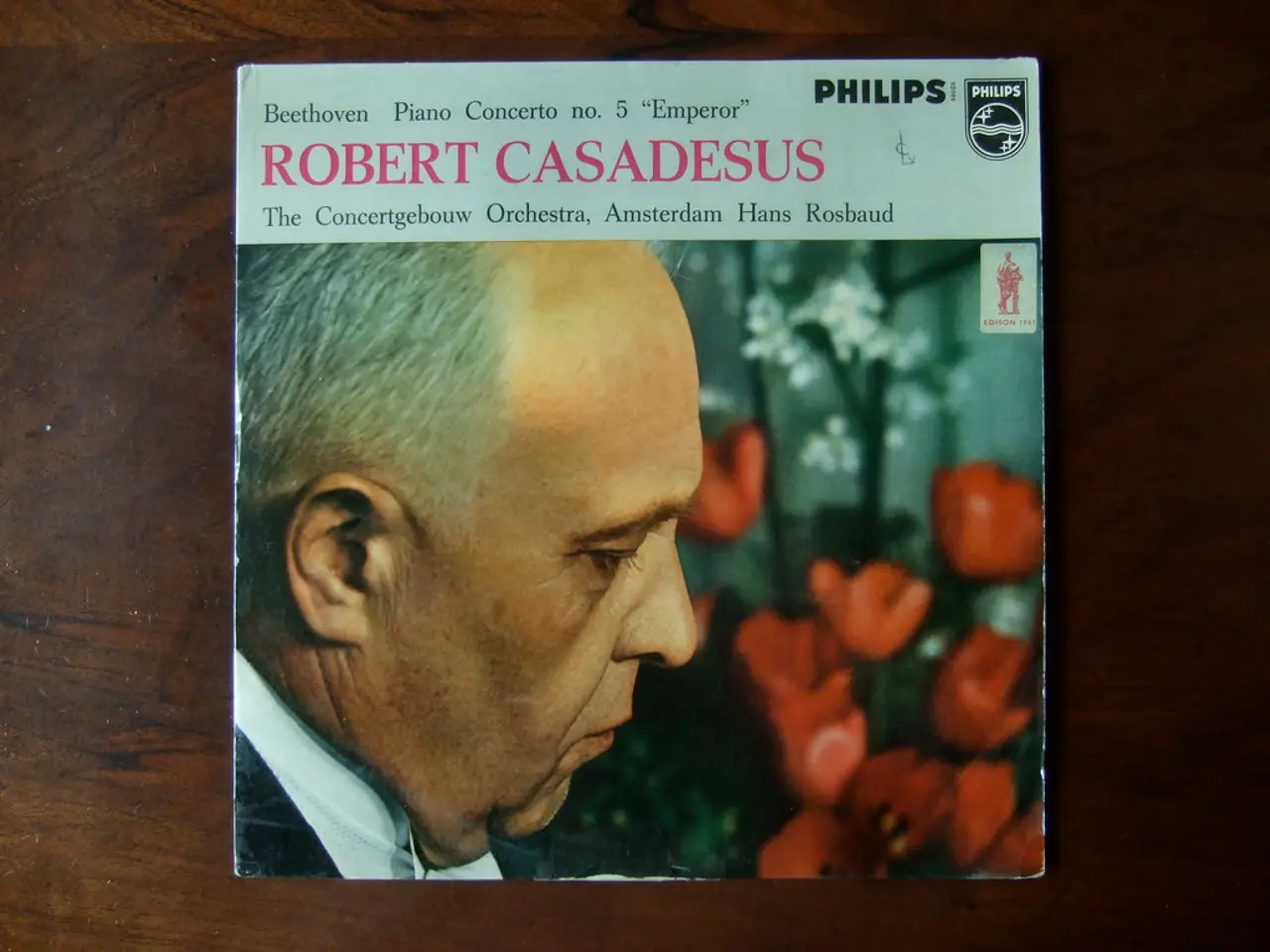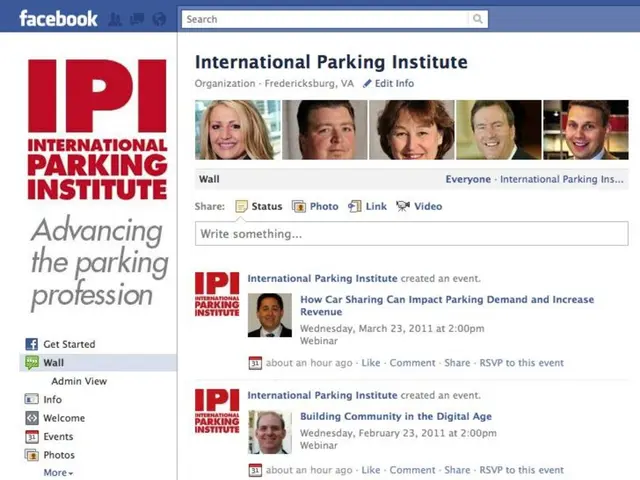Selecting a Suitable Book Printing Service to Match Your Needs
In the ever-evolving world of book publishing, self-published authors face a multitude of decisions, one of the most significant being the choice between print on demand (POD) and offset printing. Both methods offer distinct advantages and disadvantages, depending on factors such as cost, quantity, quality, and flexibility.
Advantages of Print on Demand (POD)
One of the primary benefits of POD is the low upfront cost. Since books are printed only when ordered, there is no need for a large initial investment or inventory storage. This reduced financial risk allows authors to avoid the risk of unsold stock since books aren’t printed until purchased.
POD also offers flexibility, making it easy to update or revise book content and design between print runs. Additionally, POD books can be produced and shipped quickly due to minimal setup, and global distribution is often provided by POD services. POD is ideal for authors printing small quantities or niche topics.
Disadvantages of Print on Demand (POD)
However, POD does have its drawbacks. The unit cost is generally more expensive than offset printing because there is no economy of scale. Slightly lower print quality may also be experienced compared to offset, particularly in color accuracy and paper options. These factors can lead to smaller profit margins for the author.
Advantages of Offset Printing
Offset printing, favoured by traditional publishers, has advantages for self-published authors with large print runs or who want premium presentation. Offset printing offers lower cost per unit at scale due to economies of scale, superior print quality, and a wider range of material choices.
Disadvantages of Offset Printing
Despite these advantages, offset printing does require a higher upfront cost, with significant initial investment required for setup and printing minimum quantities. The production process is slower due to setup complexity, making it less suitable for tight deadlines. Additionally, printed books need warehousing, and authors assume the risk of unsold copies.
In summary, POD suits self-published authors with limited budgets, small print runs, a need for flexibility, and quick publication, while offset printing is best for large print runs where quality and lower unit cost justify the higher initial investment.
When evaluating book printing services, it's essential to examine examples of books previously printed, order copies to assess quality, evaluate printing rates/costs per unit, ask other authors for recommendations, and check writer forums for tips. Services like IngramSpark offer global distribution, hardcover and paperback options, a variety of print options, ebook and print book publishing all in one place, and online sales reporting. Amazon's KDP service ensures distribution of ebooks, paperbacks, and hardbacks, but only allows selling on Amazon, making it less ideal for authors wanting to sell on multiple platforms.
Quality issues may arise with print on demand, such as paper quality, ink definition, and alignment problems. Offset printing, on the other hand, delivers better color accuracy, image quality, and wide material choices. However, authors should be aware that both methods have their unique challenges and benefits, and the choice ultimately depends on the author's specific needs and goals.
In the realm of home-and-garden self-improvement books, print on demand (POD) could provide niche authors with a budget-friendly option for their small print runs, offering the advantage of low upfront costs and quick publication. Conversely, if an author prefers premium presentation for their lifestyle book, offset printing might be more suitable due to its lower cost per unit at scale and superior print quality.
For entertainment-focused authors, services like IngramSpark can offer global distribution, hardcover and paperback options, and online sales reporting, enabling them to sell their books on multiple platforms. However, it's important to examine the quality of the printed books and compare printing rates/costs per unit before making a decision, ensuring the best fit for their unique needs.







